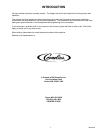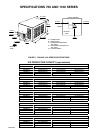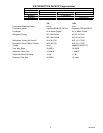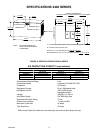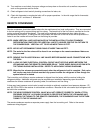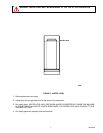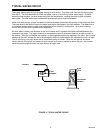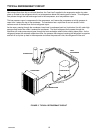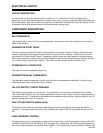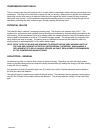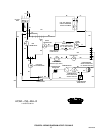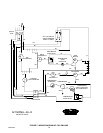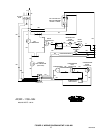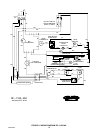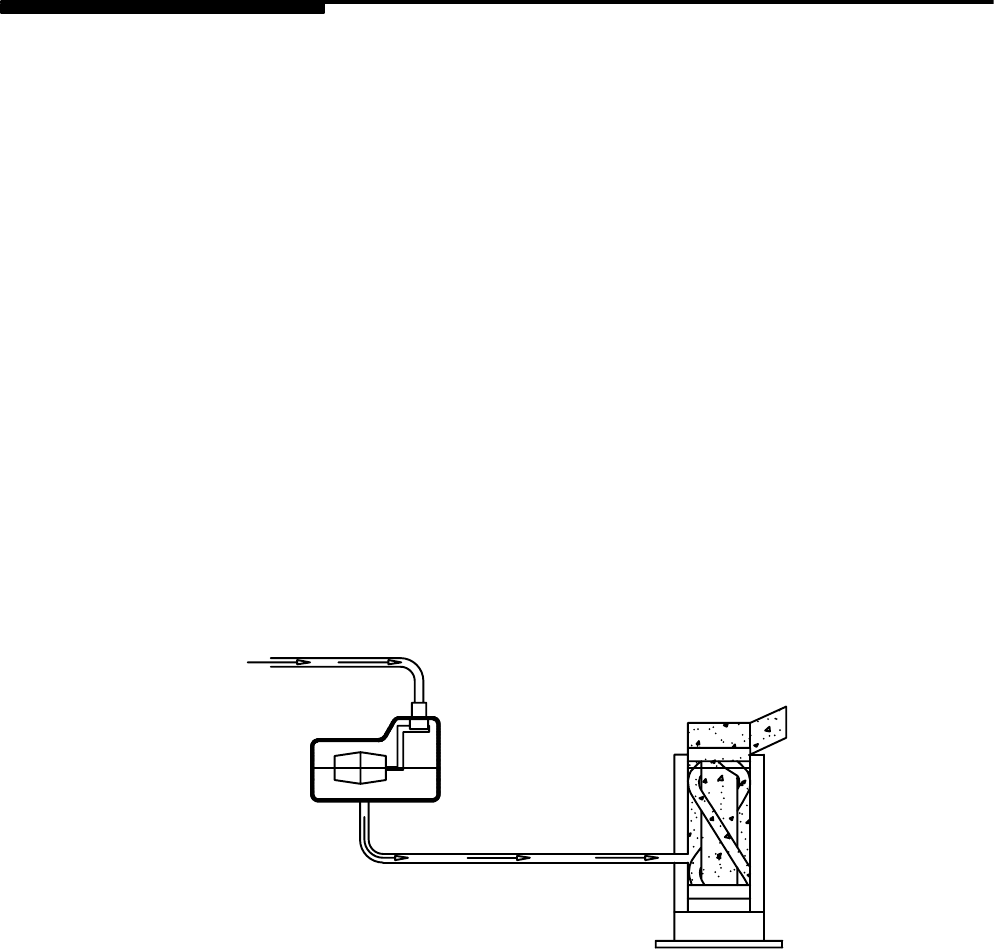
9 166240009
TYPICAL WATER CIRCUIT
The supply water enters the float chamber through a small orifice. The water level rises and lifts the buoyant
float with it. The float attached to the float arm seats a valve to shut off any further water supply. As water
leaves the float chamber, the level drops along with the float and arm, causing the valve to open and admit
more water. Thus the water level is maintained automatically as the machine operates.
Water now flows through a hose connected to the float chamber and enters the opening of the evaporator shell.
The water level in the shell will rise to the same level that is maintained in the float chamber. The water that is
in immediate contact with the center post evaporator will be reduced in temperature. As a result, freezing
occurs and ice forms on the surface of the evaporator.
As more water is frozen, the thickness of the ice increases until it exceeds the distance allowed between the
evaporator and auger. The auger rotates at a slow speed to wipe off the accumulated ice as well as help it to
the surface. After the ice reaches the surface it is discharged through the top opening in the shell. An ice chute
attached to the shell conveys the ice to the storage bin where it accumulates in the insulated bin until it is used.
The ice will pile up to a point where the bin thermostat tubing is located. When the ice touches this brass
tubing, the unit will shut–off and remain off until enough ice is used or melted to reduce the pile. Any ice that
melts will pass through the drain and drain hose to an open drain.
OUT
ICE
EVAPORATOR
CHAMBER
FLOAT
CHAMBER
WATER IN
FIGURE 4. TYPICAL WATER CIRCUIT



